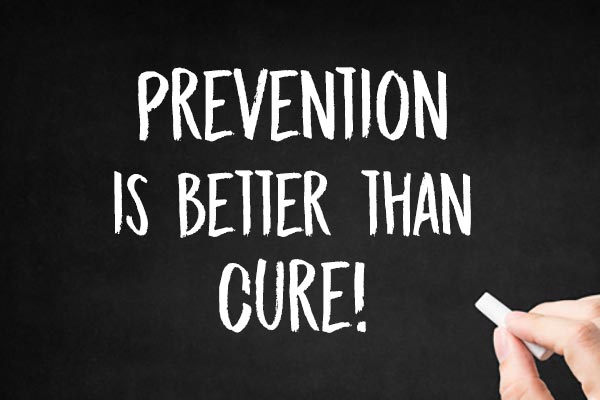Domestic violence is an issue that has the potential to affect anyone regardless of age, gender, race, religion, and socio-economic background. Today in Utah, 1 in 3 women and 1 in 4 men have experienced some form of physical violence by an intimate partner1. This number is alarming and hopefully will encourage you to to take action in preventative efforts within your community.
But you might be wondering, where do I begin? What is next?
The first and most important step to prevention is to talk about the issue. Talk about what is going on in your community, what you are seeing, what you might not be paying attention to, and what you and your neighbors need in order to stop the violence.
There are a few key concepts prevention advocates focus on concerning domestic violence:
- Healthy relationships
- Gender norms
- Bystander Intervention
Another thing to note on prevention is the goal is to focus on primary prevention to promote healthy environments and behaviors and reduce the likelihood of an incident, condition, or injury before it occurs in the first place2. There are few things to consider when looking at successful prevention programs, they are/have:
- Comprehensive
- Varied in teaching methods
- Sufficient dosage
- Theory driven
- Positive relationships
- Appropriate timing
- Culturally relevant
- Include outcome evaluation
- Delivered by well-trained staff
Prevention efforts start at the individual level (what are your attitudes/beliefs/behaviors surrounding domestic violence), and then proceed to your relationship with others (how do you communicate with others about the issue), community level (what is happening in your community to prevent domestic violence), and then finally the societal level (what social norms impact the issue and what is being done about it). We can influence change at every level and effective prevention efforts focus on every component.
As mentioned earlier, one of the most productive things you can do is begin having conversations with your friends, family, peers, and other community members. We have gathered some great conversation starters about what is okay and what is not within relationships (all questions come from The Respect Challenge which can be found here: http://therespectchallenge.org/).
The Importance of Self-Respect: What do you like most about yourself? Why is it important to respect yourself? How can you give respect to yourself?
Personal Boundaries: What are some examples of someone saying or doing something that crosses your personal boundaries? When does playing or teasing become too much and is no longer fun? What can you say and do to communicate your personal boundaries?
Dating: What are you or your friends’ dating relationships like? What qualities are important to someone you would date or go out with? What makes a relationship good? What makes it bad? What does respect look like in a relationship?
Recognizing Abuse: Have you ever seen a couple act in a way that made you worried or uncomfortable? What happened that made you feel worried or feel like someone was being treated badly? Have you ever been in a similar situation? What would you do if you felt uncomfortable, controlled, pressured, or threatened?
So, what about gender norms? What does this have to do with domestic violence?
Gender norms are “rules” about how binary genders (male and female) should or should not behave within society. These norms and rules are set by what is appropriate within a culture which means that these norms can vary widely between cultures. There are several ways in which gender norms can negatively impact relationships and lead to domestic violence including (but not limited to)3:
- Communication style
- Body image and self-esteem
- Sexual intimacy
- Harassment
There are several ways we can strive towards eliminating negative gender norms within our society by looking deeper into the ways we communicate with one another, how we can increase body image and self-esteem for each gender, how to promote consensual sexual relationships, and create environments that have zero tolerance for harassment.
The last prevention strategy mentioned previously is bystander intervention. Bystander intervention is a primary prevention and public health approach to healthy and safe communities which involves intervening before, during, or after a person sees or hears a situation where there is violence, harm, or oppression of another person, group or community4. In typical bystander intervention education, there are four main aspects to intervening:
- Direct- directly confront the harasser or victim
- Distract- change the topic of conversation or create a distraction towards the situation
- Delegate- report the incident or delegate tasks to other bystanders
- Delay –check in with the survivor later and provide appropriate support
The biggest thing to understand with prevention is that it takes time. Prevention is a marathon, not a sprint and it requires many stakeholders and people of the community to be involved and committed towards prevention.
Some other actionable steps you can take towards preventing violence include:
- Communicating with your local officials to see what policies/laws are in place that work towards reduction of prevention
- Call your local school district and see what/if any curriculum is included within the schools on healthy relationships and bystander intervention
- Begin a discussion group with other parents/community leaders to discuss culturally relevant prevention strategies that can be implemented within the community
- Get involved in a mentoring program with children in the community and begin having discussions about healthy relationship behaviors and gender norms if appropriate
There are several really great resources for training/educational materials on all the prevention strategies listed above which you can find on the page, “prevention resources.”

